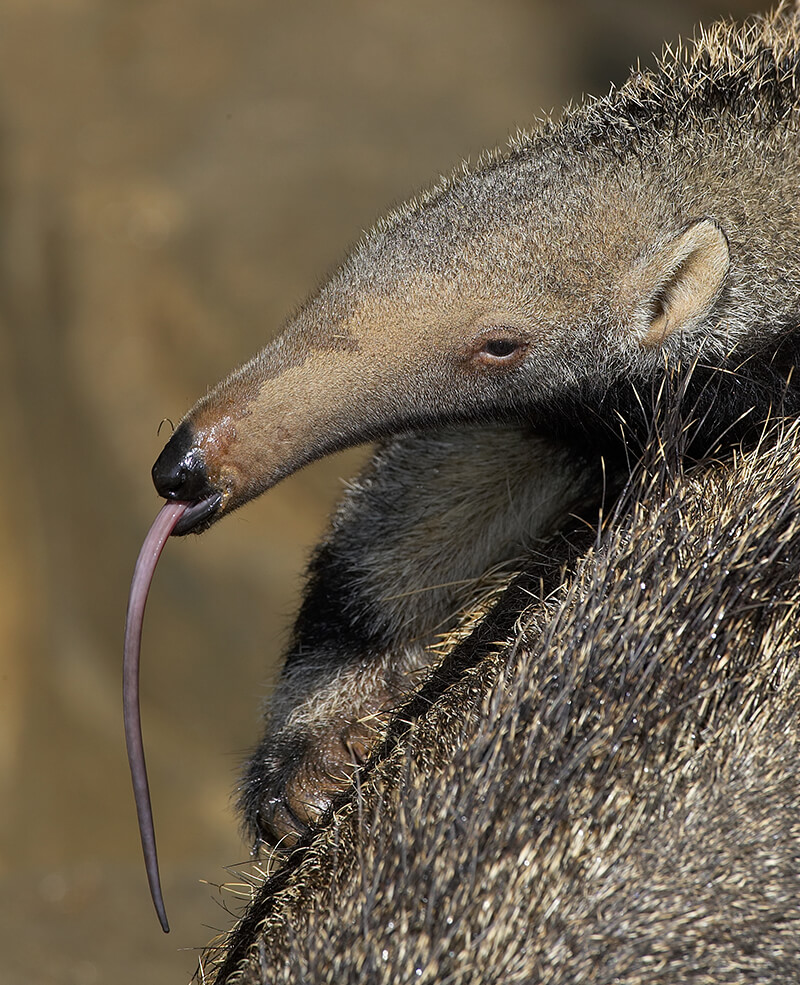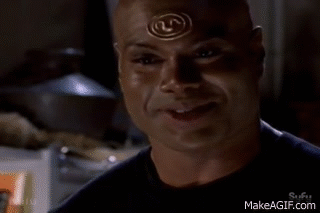
On Seth:
Seth, the Red One, god of the infertile desert and lord of foreigners, was an ancient, discontented being. As the epitome of confusion and disorder he should, perhaps, have been a direct affront to maat and the maintenance of the status quo. Fratricide, Seth's worst offence, would have been abhorrent to a people who placed a high premium on family loyalty. Yet, to classify Seth as the equivalent of the modern Satan is to make a vast over-simplification. A comparison with the Biblical Judas is perhaps more appropriate. Like the legend of Judas' treachery, Seth's infamy grew over time, so that only at the very end of the dynastic age is he recognized as a wholly evil being. In his earlier incarnations Seth is far from irredeemable and his most heinous crime is surely no worse than the matricide carelessly practised by Horus. Indeed, Seth's fratricide is a pivotal moment in the cult of Osiris: without it, there could have been no resurrection and no eternal life for the masses. For most of the dynastic age Seth was accepted as a maverick, whose chaos represented an aspect of real life; a recognition that things do not always go to plan. When real, eternal danger threatened - when, for example, the sun was attacked by the monstrous daemons of the underworld - Seth would always align himself on the side of virtue.
And so, far from being shunned, Seth, or Seti, gave his name to three New Kingdom Ramesside pharaohs: the 19th Dynasty Seti I and Seti II, and the 20th Dynasty Sethnakht. It was understood that Seth had torn himself from Nut in a painful and chaotic birth in the southern Egyptian city of Nagada. However, during the New Kingdom he was primarily worshipped in the Delta town of Avaris, hometown of the Ramessides where, as the lord of foreign countries, he was equated with the Hittite god Teshub and the turbulent Semitic storm god BaalSeth's bizarre appearance reflects his confusing nature. His human-form body is topped by a head that appears to combine the rounded snout of an aardvark (unknown to the ancient Egyptians) with curious, straight, flat-topped donkey ears. When represented in fully animal, four-legged form, he also displays a long neck, a dog-like body and an erect, curiously forked tail. It seems highly likely that this fantastic appearance is deliberately chaotic, composite deities such as Taweret might display a selection of body-parts culled from different species, but they are the recognizable parts of known animals, not of invented creatures. Nevertheless, Egyptologists have struggled valiantly to identify Seth's component features, with camel. long-nosed mouse, hare, antelope, pig, giraffe and boar all considered.
Seth is, quite literally, a larger-than-life character. His weapon of choice is a huge animal-headed was-sceptre, a weapon so heavy that only he can lift it. His voice is a thunderous roar. When he transforms, as he quite often does to work his mischief, he assumes the forms of violent, uncontrollable and sexually voracious beasts including the crocodile, bull, pig, wild ass or hippopotamus. His colour of choice is the red of the desert: those with auburn hair (including perhaps the Ramesside family),including, perhaps, the Ramesside royal family), animals with red fur, and desert animals in general, may therefore be considered to have an affinity with him. Red was not always chaotic, however. Hathor, mistress of the west, wore a red dress to welcome the deceased to the afterlife, while a pharaoh might take the form of the red king, a powerful being who has absorbed the powers of Seth.
Seth is born a younger brother. He is, in fact, the world's first younger brother, an unfortunate accident of birth which causes him great anguish, as he is expected to stand by and smile as first his elder brother and then his young and inexperienced nephew claim the throne of Egypt. Generally speaking, the gods, immune to the threat of child mortality, avoided fraternal conflict and the problem of surplus sons by restricting their families to one child. Mortals could not be so confident and children, boys in particular (as sons could best perform their parents' funerary rites), were welcomed - the more the merrier. Polygamy - a royal prerogative - ensured that the royal nursery remained full, and Ramesses II was not necessarily unusual in fathering up to 100 children: 45 to 46 sons and 40 to 55 daughters.
Welcome and useful though younger brothers might be, the royal family could offer them no specific role and, unless some tragedy befell the eldest son, they were unlikely to inherit the throne. Younger sons therefore spent their earlier years as understudies to their eldest brothers, and those who did not eventually become king sank into obscurity once the succession was assured. The immediate royal family was effectively restricted to the king, his close female relatives (queen consort, mother, grandmother and sisters) and his children by the queen consort. Brothers and uncles were no longer regarded as fully royal, although they enjoyed a respected place in court life.
In The Contendings of Horus and Seth, the case is settled quite suddenly when the gods decide to ask Osiris his opinion. Not unexpectedly, he sides with his son against his murderous brother. Backing up reasoned argument with a thinly veiled death threat, he is easily able to persuade his fellow gods to his point of view The crown goes to Horus, and Seth is compensated with an honourable place in the solar boat: a highly suitable place for a storm god. He will spend eternity helping Ra fight off the malevolent serpent Apep/Apophis, a role that will earn him the gratitude of the masses. A parallel version of the myth has the dead Osiris appearing in court to testify against his murderous brother. Vindicated by the tribunal, Osiris is carried back to
the underworld by Seth.
In other sources, Seth does not always get off so lightly, and the story may end with him banished to the desert, suffering a brutal punishment, or being killed. At the Edfu temple of Horus the conflict was commemorated in the annual Ptolemaic Festival of Victory, which included a re-enactment performed on the temple lake. The drama ended with Seth, in the form of a hippopotamus, mortally pierced by ten harpoons, which injured his snout, forehead, neck, head, ribs, vertebrae, testicles, haunches, legs and hocks. The temple wall shows Horus standing on Seth's back to stab him; here Seth is a diminutive hippo, his small size being a basic precaution against the magical animation of his image. At Isis' insistence Seth's body is dismembered and eaten, his bones are given to the cats and his fat to the worms so that there are no remains for burial. The ritual accompanying the celebration included the sacrifice and dismembering of a donkey, an animal closely associated with Seth.

Seth was quite the character and a key figure in the ancient Egyptian pantheon, but what animal or combination of animals do you think Seth was?



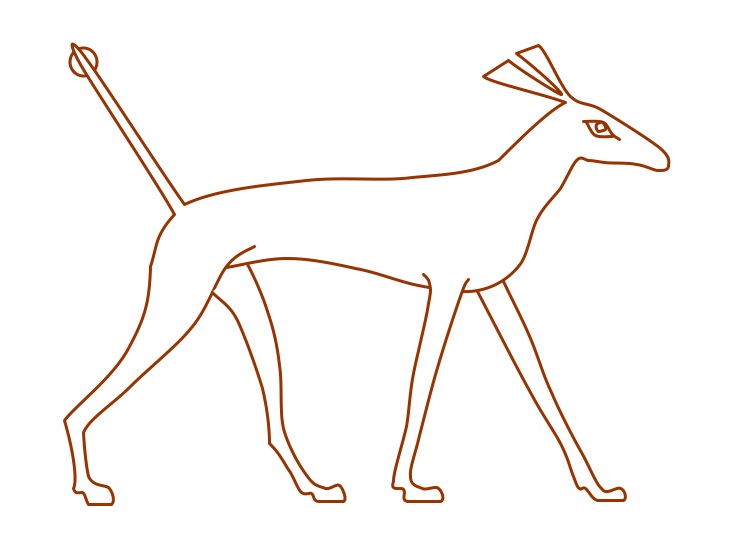



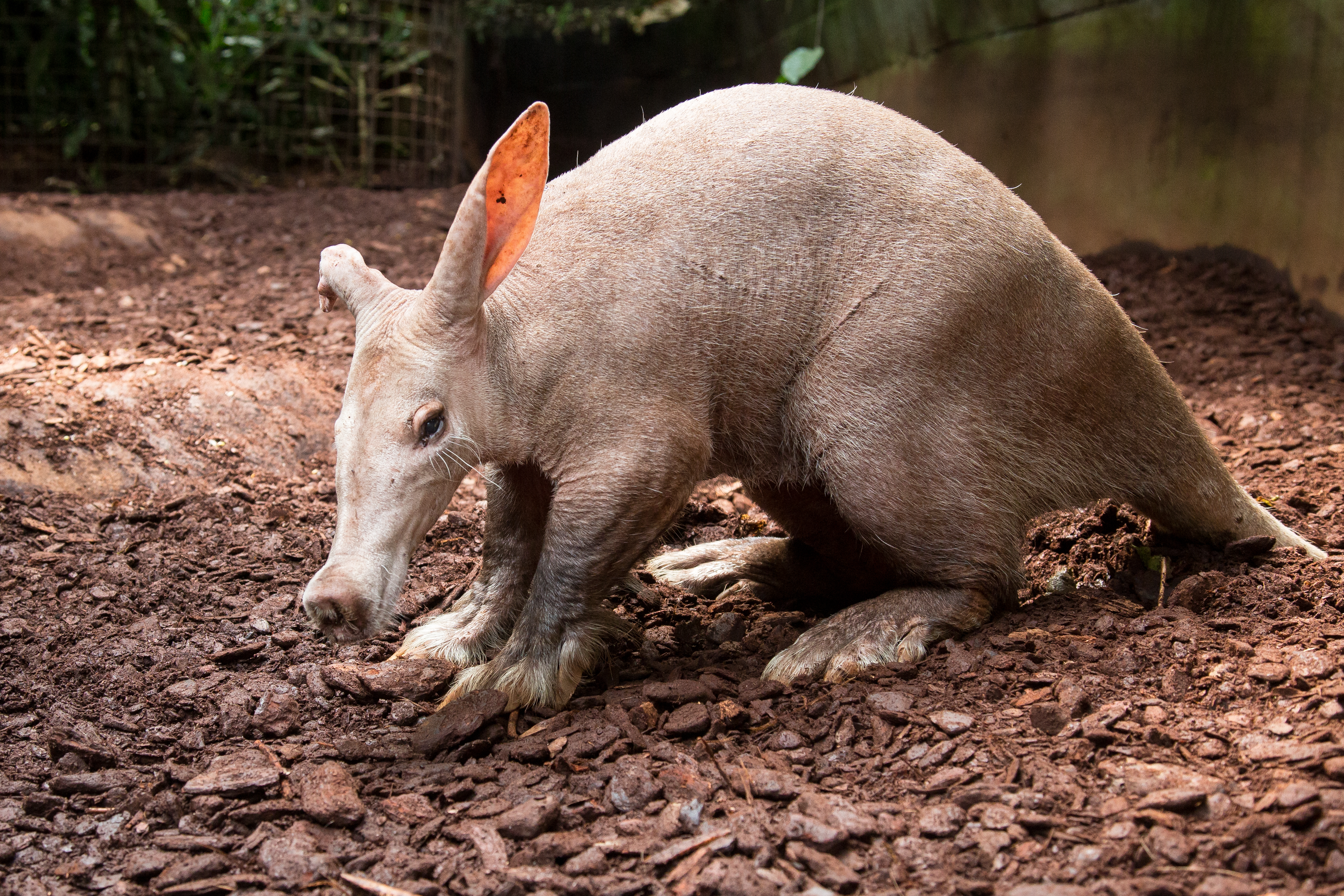
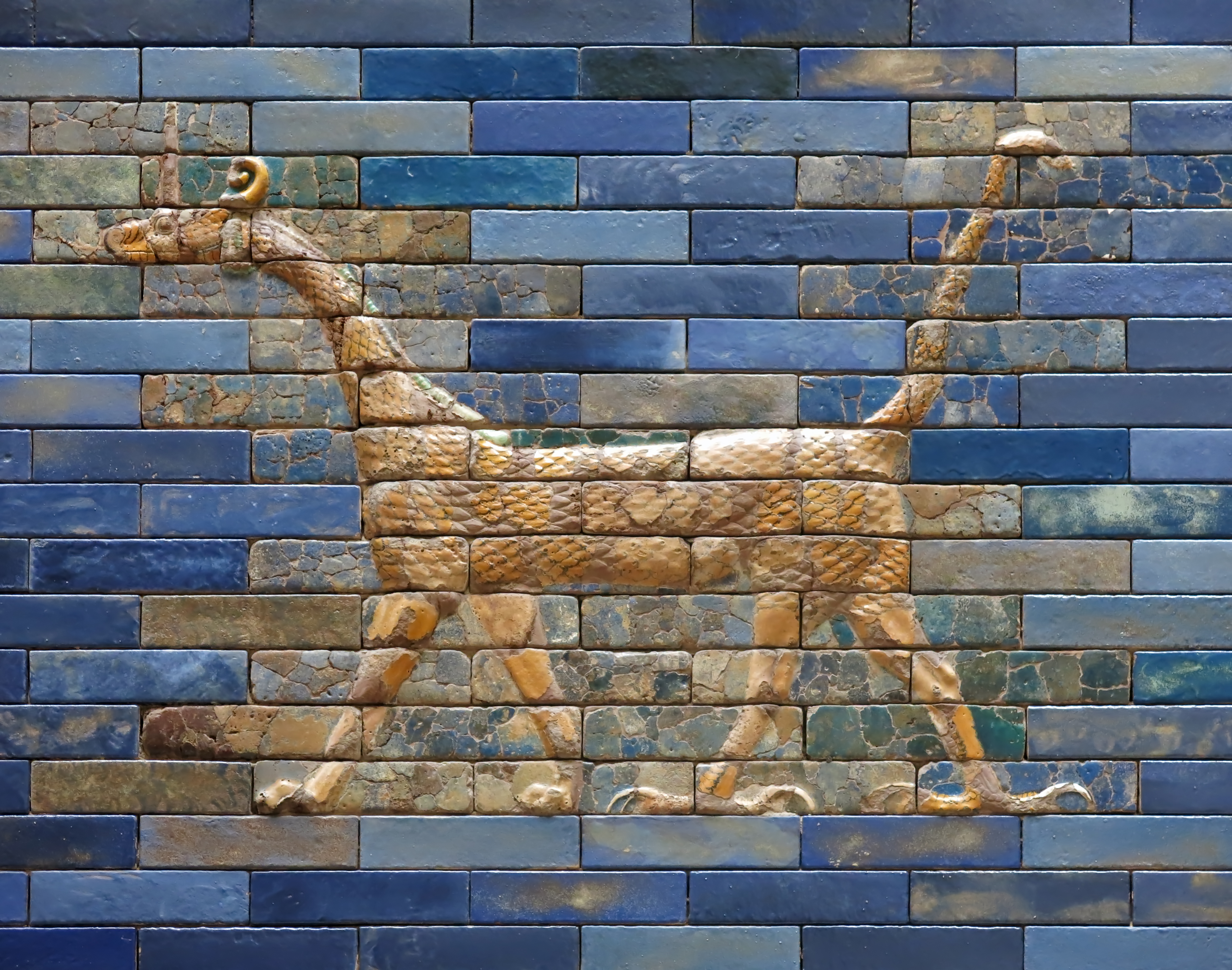

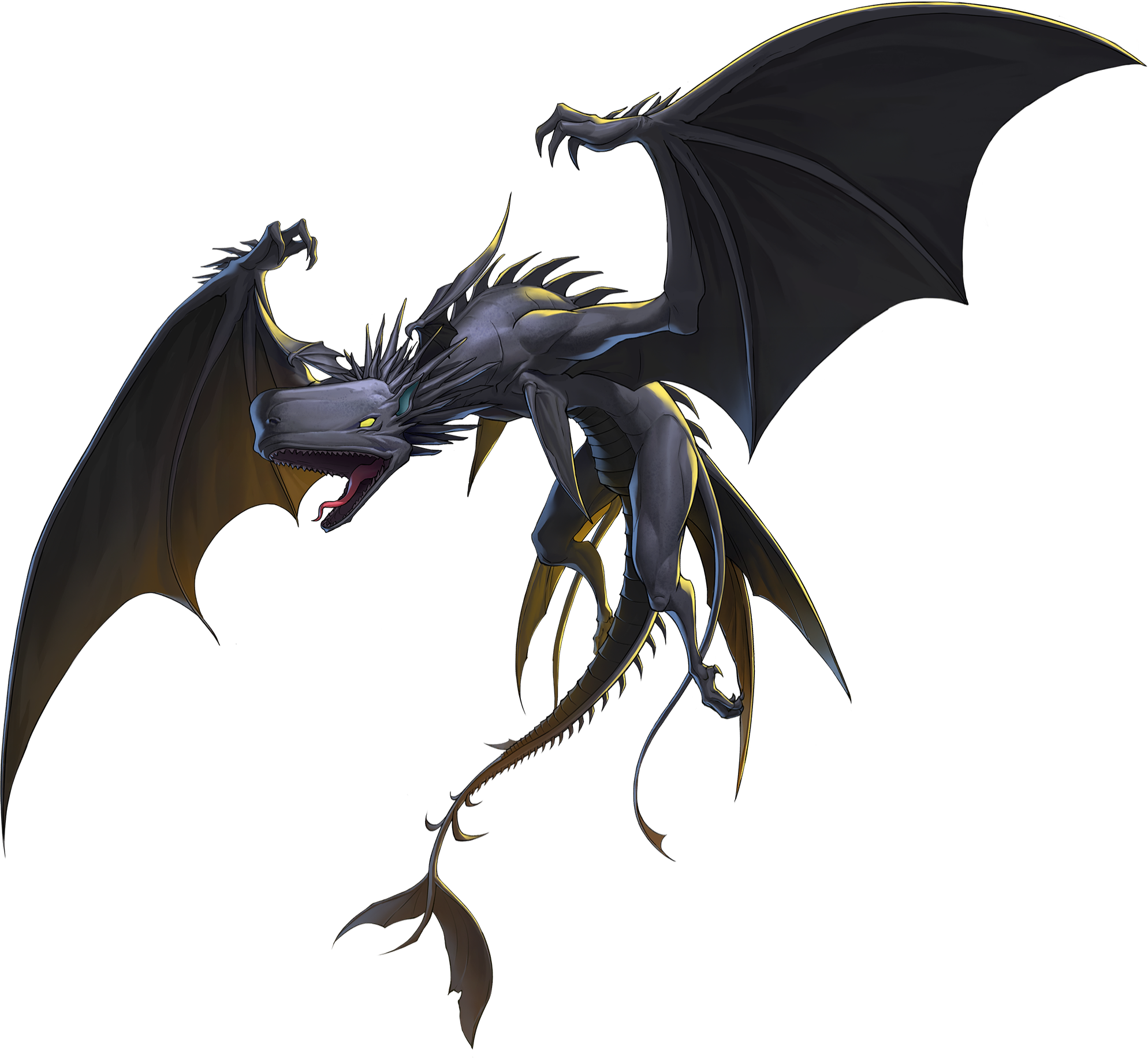
:strip_icc()/pic5358557.jpg)


